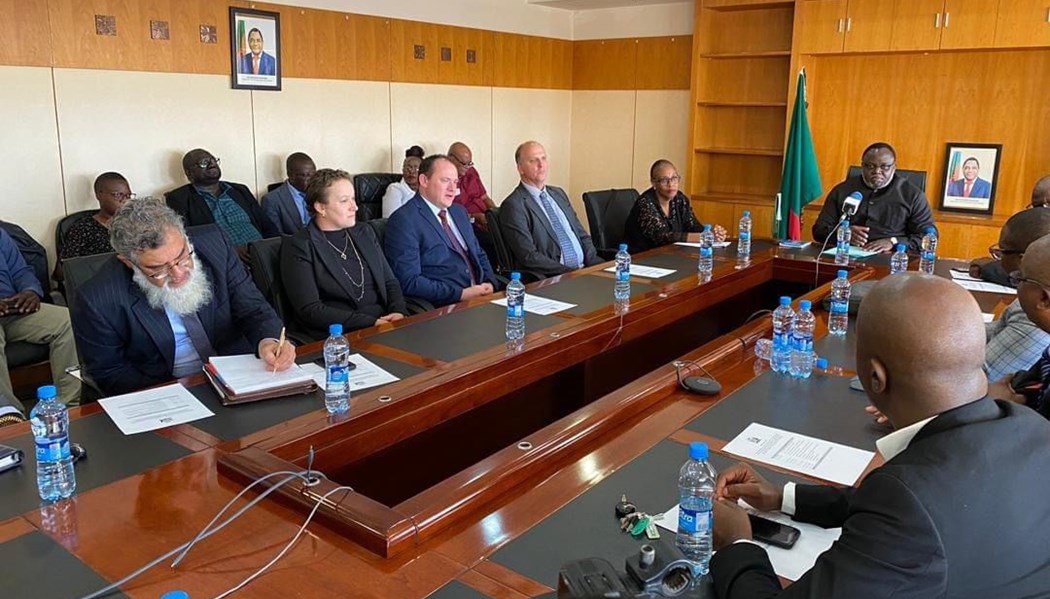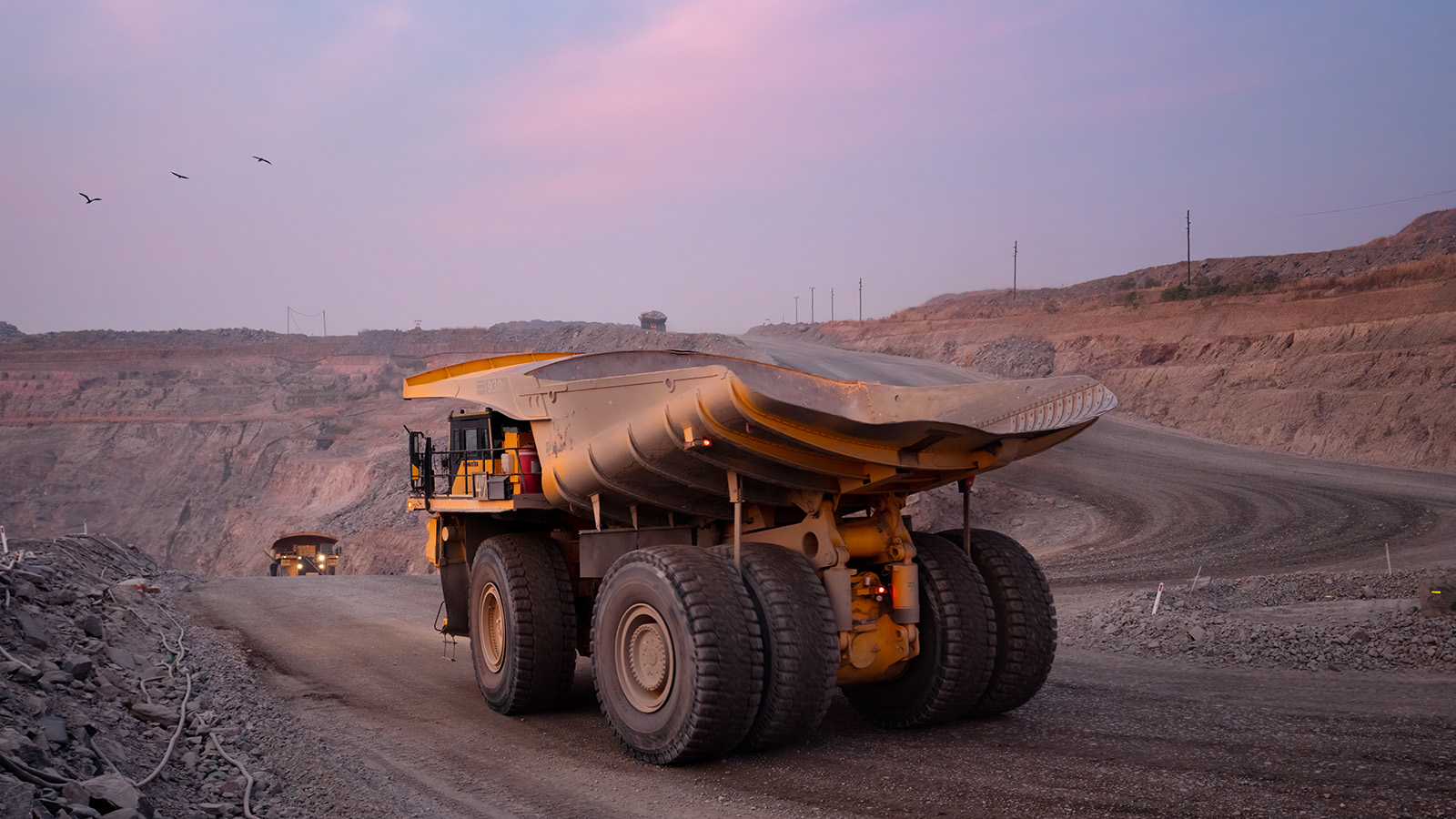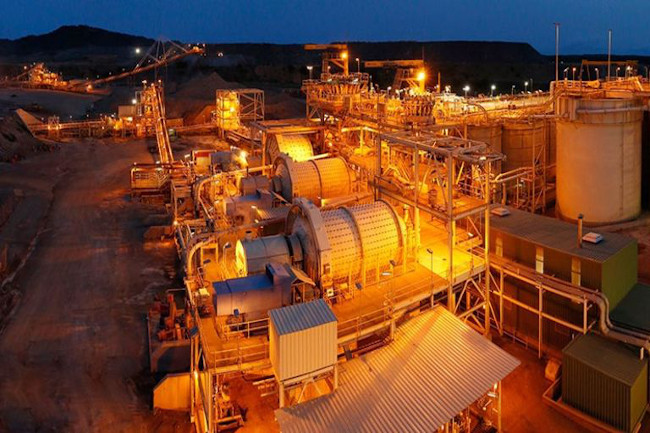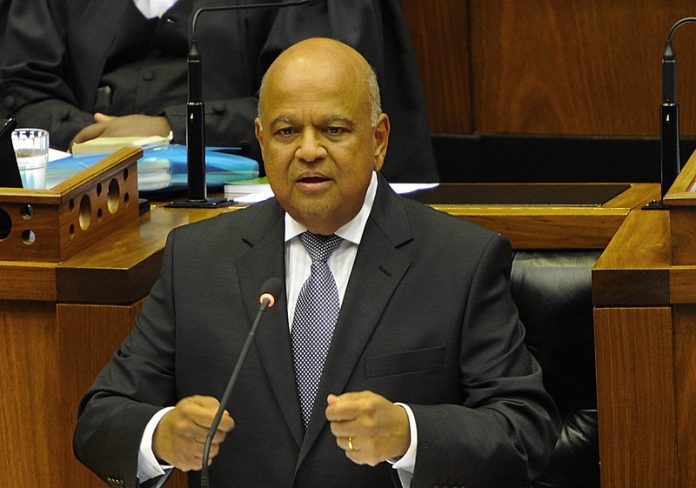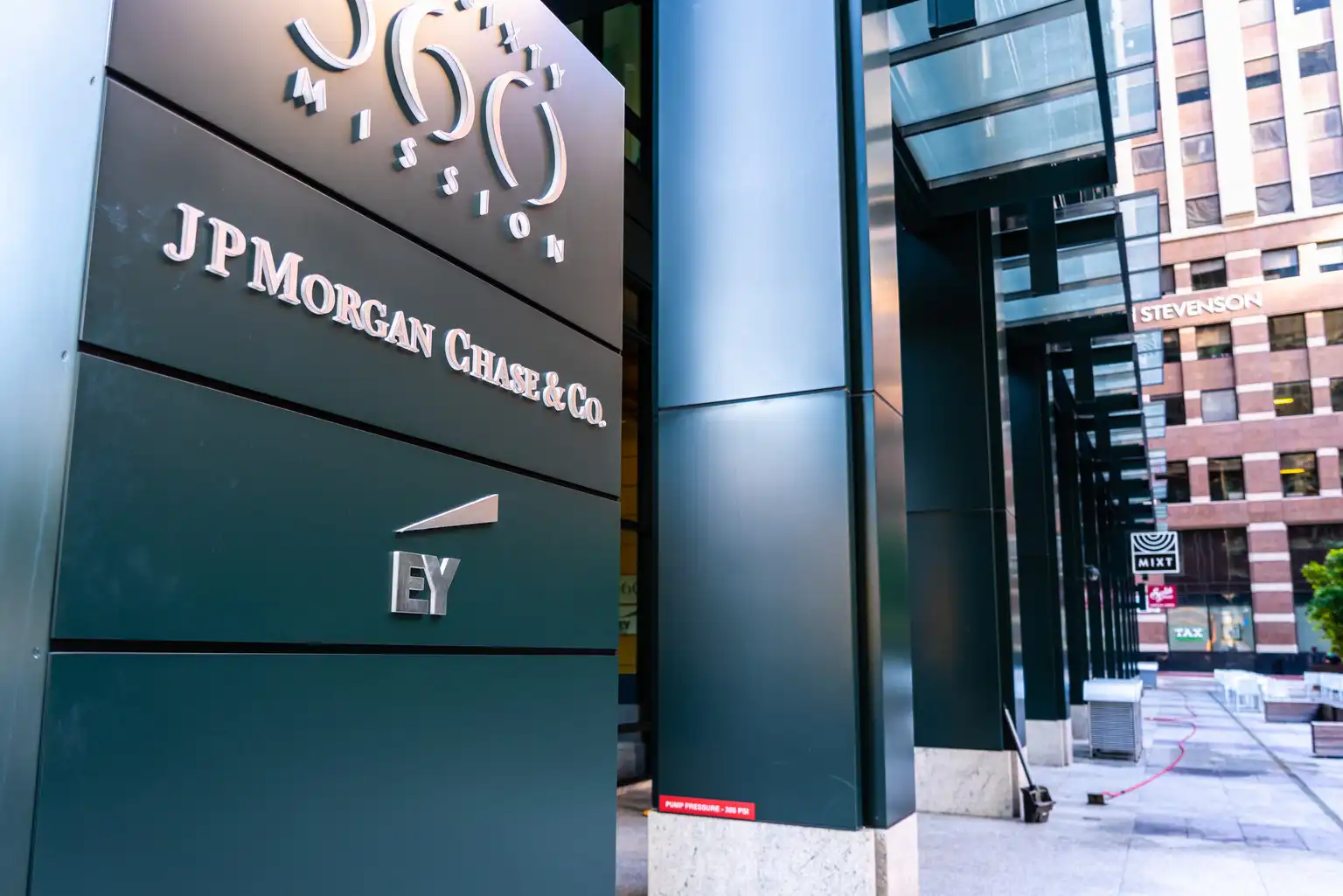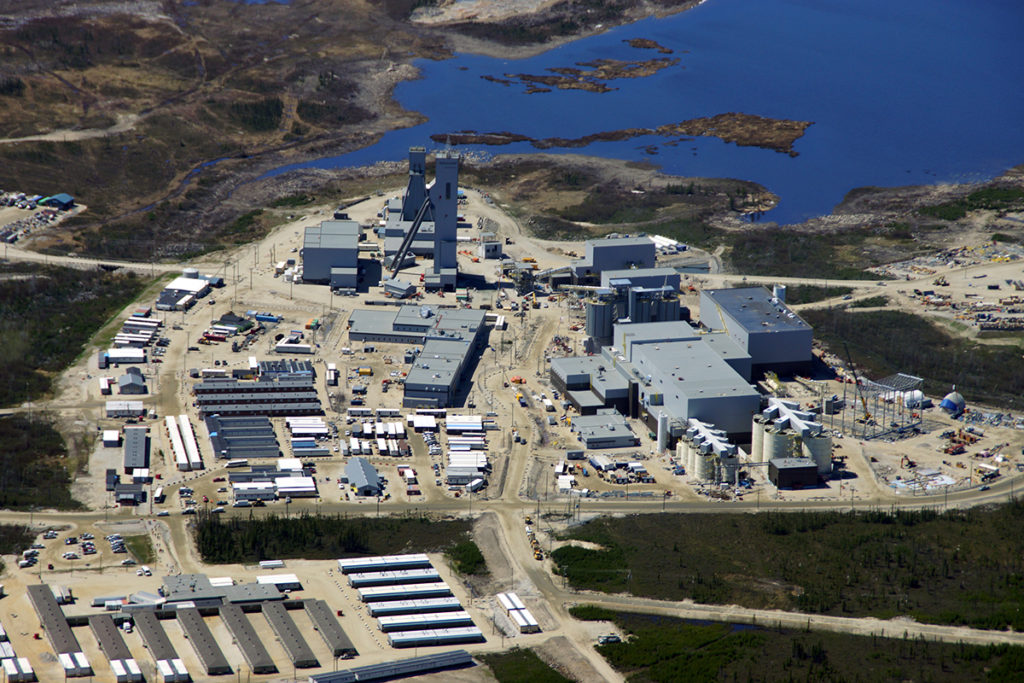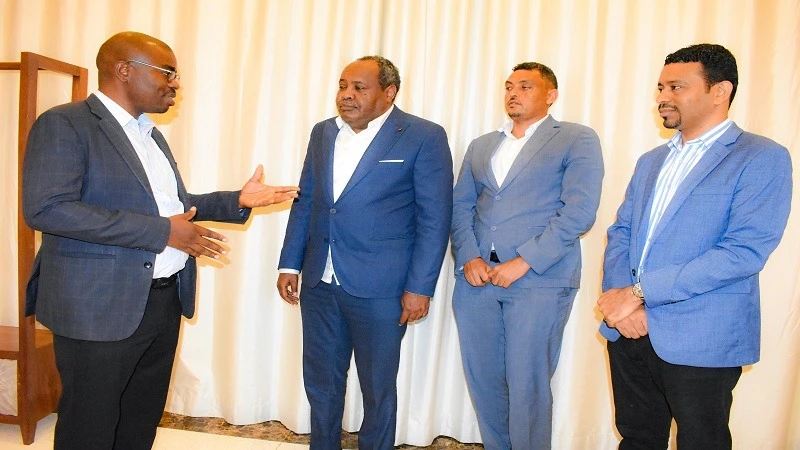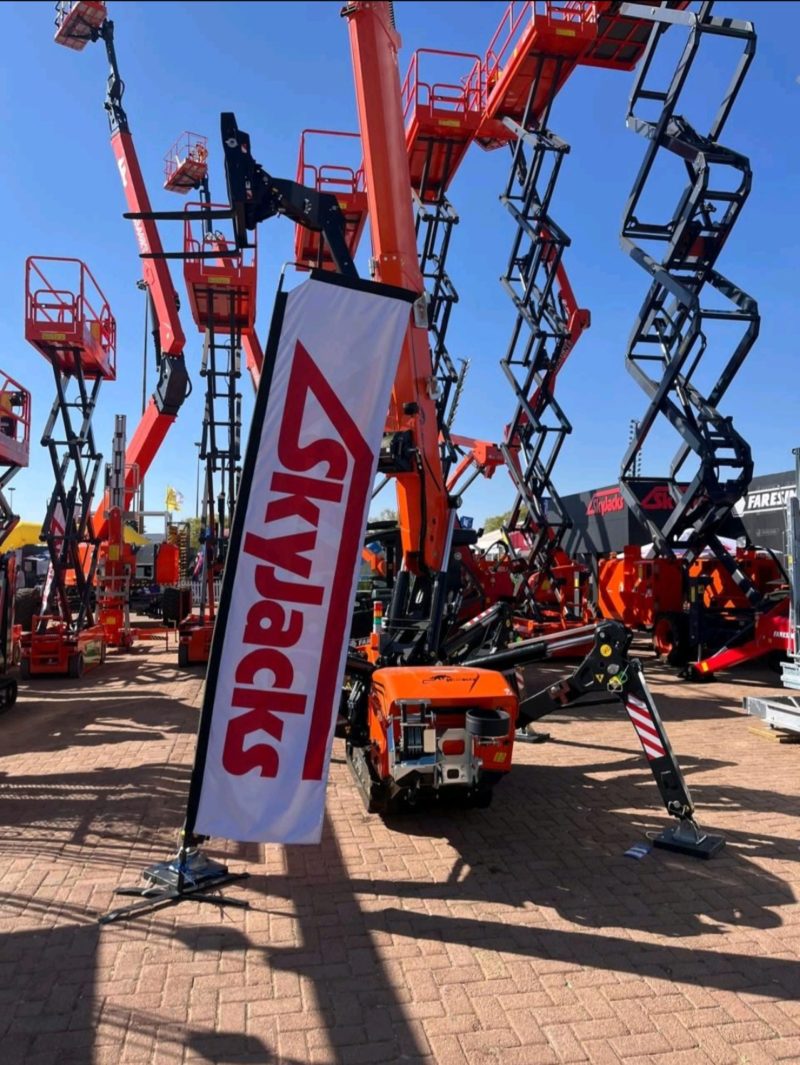Mining Other

A different world order demands a different approach to mining
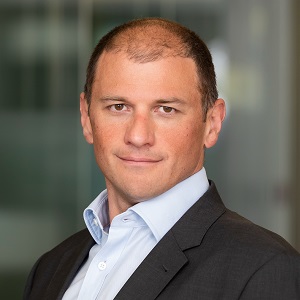
The report highlights that this has occurred because the pursuit of value-accretive growth in mining requires a new approach, amid the uncertainty of an economic slowdown in China, fracturing geopolitics, the shift away from fossil fuels, increasing regulatory barriers and mounting social resistance.
The results emerged from our analysis of 77 mining companies spanning all key regions, commodities and listing domiciles. Our sample included companies with a market cap greater than USD5-billion at either year-end 2013 or year-end 2023. Only about one in four of these companies delivered a total shareholder return (TSR) greater than the bellwether MSCI World Index, while the industry overall underperformed by about 2.5 percentage points. Return on capital was equally inferior, generally below the weighted average cost of capital.
However, a few mining companies stand out because they have found a way to win consistently, year after year. These top-quartile performers, many of them based in frontier jurisdictions, achieved an average TSR of 22% over the past decade (year-end 2013 through year-end 2023), outperforming the other industry participants by 18 percentage points. They come from across the commodity spectrum.
The report provides insights of relevance to the African region. A good number of African nations boast significant mineral wealth, including critical minerals needed for the energy transition. However, they often face challenges related to attracting investment, navigating complex regulations and ensuring sustainable and equitable development.
The report’s emphasis on engaging with local communities to secure social license to operate is especially crucial in the African context, where mining projects have sometimes faced opposition due to concerns about environmental impact and benefit-sharing.
Success stories of companies like Zijin, which has leveraged government relationships to de-risk investments in countries like the Democratic Republic of Congo and Zambia, offer valuable lessons for other miners operating in Africa. By adopting a scenario-informed approach to investment and prioritising operational excellence, mining companies can position themselves to unlock Africa’s mineral wealth responsibly and contribute to its sustainable development. Australia-based Northern Star, for instance, has grown from a junior to a competitive midmarket player in gold over the past decade, generating leading TSR through a series of acquisitions.
Hurdles have risen in the past decade
There are several reasons why the environment for mining has got tougher.
Mining companies have had to contend with ‘grade fade’. For example, copper and gold mined ore grades have declined globally on average by roughly 20% and 15%, respectively, from 25 years ago. Ore grades in frontier jurisdictions such as Mongolia and Pakistan are significantly higher, but these areas call for a different approach and risk appetite.
Extreme and unpredictable weather events are becoming more commonplace, increasingly disruptive, and at times are impeding operations. Environmental and social concerns have intensified the pressures on legislators and policymakers to impose more restrictions on—or altogether block—mining activity for critical minerals.
It has become increasingly harder to obtain mining permits. According to BCG’s most recent analysis, it takes on average two to three times as long for a copper mine to receive a permit today than it did in 2006.
There are two reasons in particular why the industry’s majors have struggled to deliver value-accretive growth.
First, their strategic choices have limited their degree of freedom. Their focus on large, long-life, and low-cost assets may have improved their resilience through cycles, but good assets alone do not yield TSR outperformance. The focus on low-risk jurisdictions has constrained their ability to quickly develop and access high-grade ore.
Second, diversification has increased the complexity of the majors’ businesses, without an apparent corresponding payoff for shareholders. By complexity, we mean everything from organisational structure and business systems to different types of operations and value-chain integration. In general, we found that diversification has not delivered risk-adjusted return benefits for investors.
Five actions can help to deliver value-accretive growth
We have identified five actions mining companies can take to achieve value-accretive growth and improve the fundamentals of their business:
· Delivering top-quartile returns in the decade ahead will require many miners to reconsider their historical risk tolerance for project types and locations—geological realities mandate it. Taking a scenario-informed approach will equip them to commit to new locations, mining locations or M&A.
· To deliver on the top and bottom lines, continuous improvement is a must.
· The best way to root out inefficiency and maximise productivity in the organisation is by assessing and justifying every role and activity, from the ground up.
· Companies need to install “generative” leaders who recognise that attracting and retaining talent today requires more than solid compensation and benefits. Research shows that workplaces that offer emotional fulfilment and the opportunity for personal growth can retain valuable employees. There’s also a need for new skills and capabilities.
· Establish a clear, compelling investment thesis with transparency about one’s TSR formula—one that delivers leading returns throughout the cycle.
All mining companies should take these actions to heart. But the largest organisations in particular must critically re-examine their businesses and simplify how they operate.




